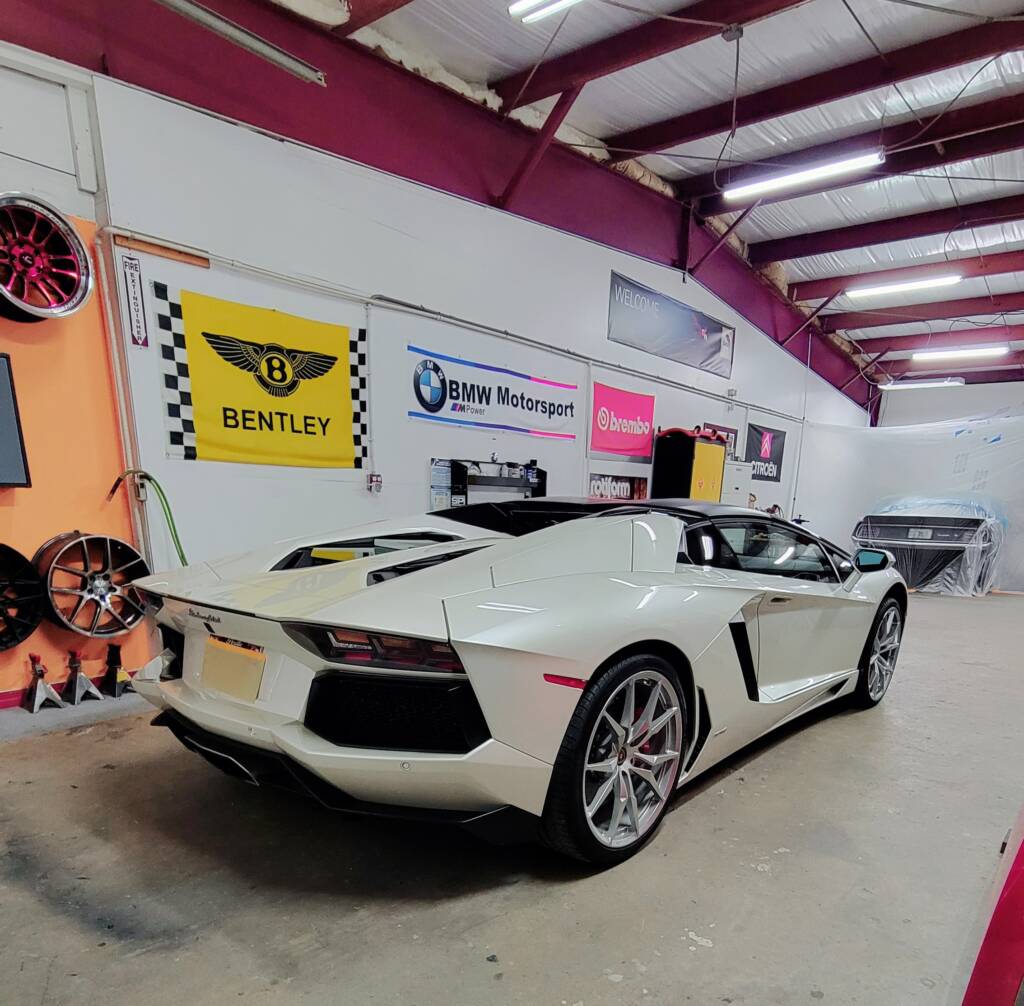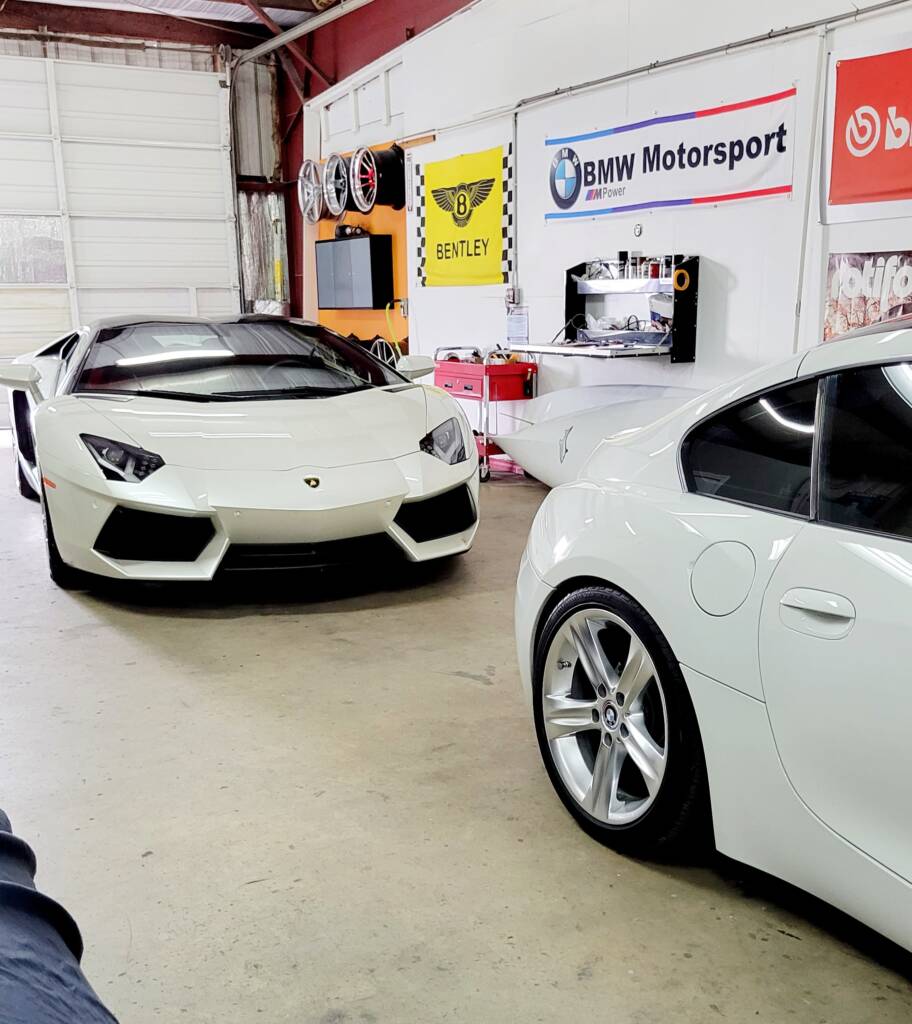Are you tired of those unsightly dings and scratches marring the beauty of your car’s bumper? It’s time to take matters into your own hands and master the art of bumper repair and correction. In this blog post, we’ll walk you through everything you need to know to restore your bumper to its former glory.
- Assess the Damage: Before diving into any repair work, it’s crucial to assess the extent of the damage. Minor scratches and dings can often be buffed out with the right tools and techniques, while deeper gouges may require more intensive repair.
- Gather Your Materials: To tackle bumper repair like a pro, you’ll need the right tools and materials on hand. This may include sandpaper, filler material, primers, paint matching tools, and clear coat sealants.
- Preparation is Key: Proper preparation is essential for achieving professional-grade results. This involves thoroughly cleaning the bumper surface, sanding down rough edges, and applying masking tape to protect surrounding areas from overspray.
- Fill and Sand: For deeper scratches and gouges, you’ll need to fill the damaged areas with a suitable filler material. Once applied, sand down the filler until it’s smooth and level with the rest of the bumper surface.
- Prime and Paint: With the bumper surface prepared, it’s time to apply a high-quality primer to ensure proper adhesion of the paint. Once the primer is dry, carefully apply the paint using a spray gun or brush, ensuring even coverage and color matching.
- Finish with Clear Coat: To protect your newly painted bumper and give it a glossy finish, apply a clear coat sealant once the paint has dried. This will help to prevent future damage and keep your bumper looking showroom fresh for years to come.
Remember, practice makes perfect when it comes to bumper repair and correction. Don’t be afraid to take your time and experiment with different techniques until you achieve the desired results.


